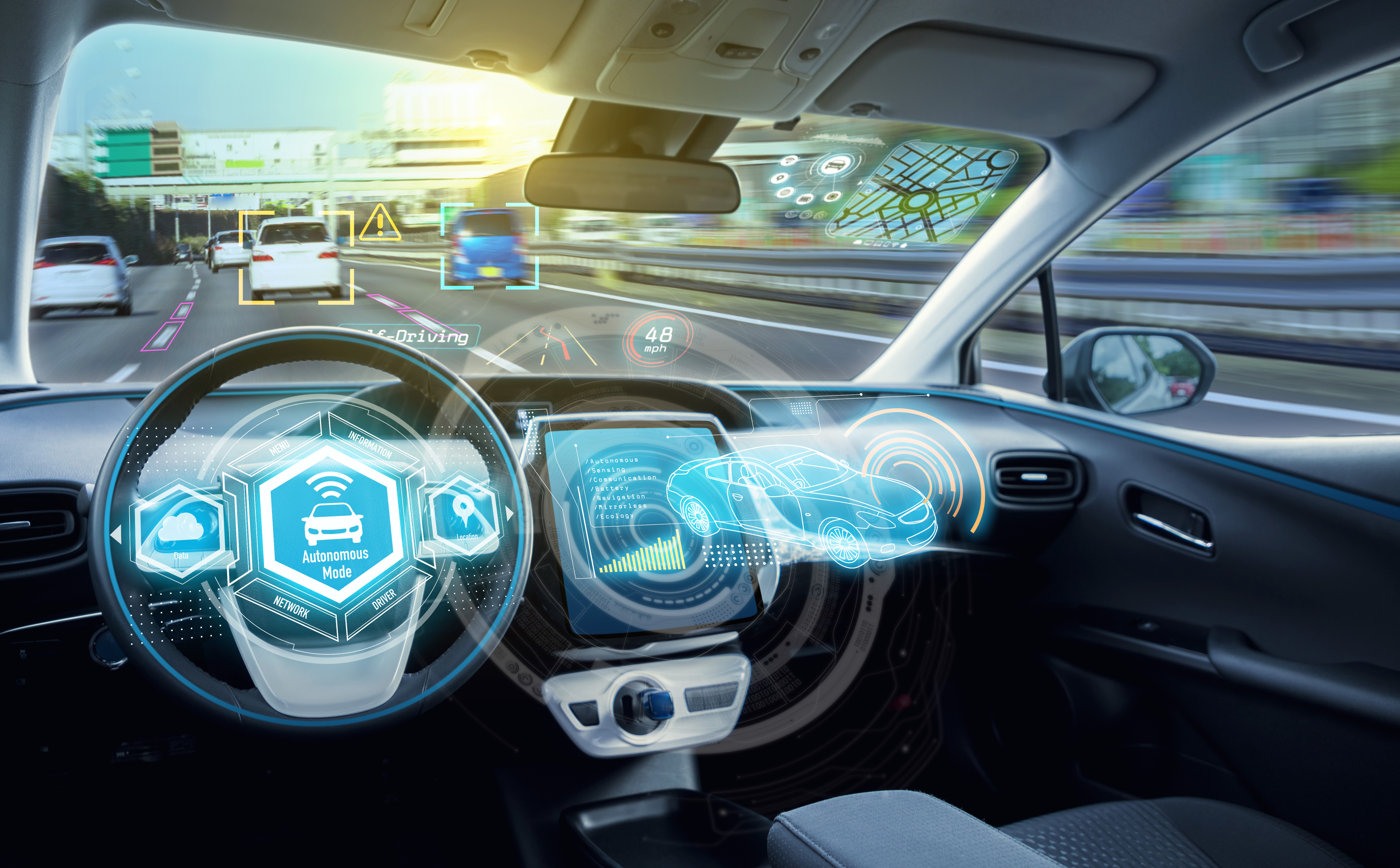Art Bounty
Discover the vibrant world of art and creativity.
Will Your Next Road Trip Be Without a Driver?
Discover the future of travel: could your next road trip be with a self-driving car? Join the journey into autonomous adventures!
Exploring the Future of Autonomous Vehicles: Are Driverless Road Trips on the Horizon?
The advent of autonomous vehicles promises to revolutionize the way we travel, potentially paving the way for driverless road trips. With advancements in artificial intelligence and sensor technology, vehicles are becoming increasingly capable of navigating without human intervention. Major automotive manufacturers and tech companies are heavily investing in research and development to enhance safety features, improve navigation systems, and address the legal frameworks needed for widespread adoption. As these technologies mature, the concept of embarking on a road trip while enjoying the luxury of a fully autonomous vehicle is not just a fantasy; it could soon be a reality.
However, the transition to driverless road trips presents several challenges that must be addressed. Public acceptance is crucial; many people remain skeptical about relinquishing control to machines. Additionally, regulatory hurdles and varying laws across regions pose significant obstacles. Safety concerns will also play a pivotal role in determining when these vehicles can operate freely on public roads. Despite these challenges, the potential benefits, including reduced traffic accidents, lower transportation costs, and increased accessibility for those unable to drive, make the exploration of autonomous vehicles an exciting frontier in the future of travel.

The Pros and Cons of Taking a Driverless Road Trip
Driverless road trips present a range of exciting advantages that can enhance the travel experience for passengers. One major benefit is the ability to relax and enjoy the journey without the stress of navigating traffic or adhering to strict driving schedules. Passengers can engage in activities such as reading, watching movies, or even taking a nap, allowing for a more leisurely and enjoyable travel experience. Furthermore, these autonomous vehicles are equipped with advanced technology to optimize routes and avoid traffic jams, potentially reducing travel time. As a result, adventurers can explore scenic routes and make spontaneous stops, elevating the overall road trip experience.
However, there are also significant cons of taking a driverless road trip that should not be overlooked. One concern is the lack of human intuition and quick decision-making capabilities that a human driver possesses, which can be crucial in unpredictable driving conditions. Additionally, the technology is still evolving, and users might encounter occasional system failures or hiccups that could disrupt the journey. There's also the question of liability in case of an accident, which can complicate matters for passengers. Lastly, some travelers may miss the personal experience and connection that comes with driving, making the trip feel less adventurous. Weighing these pros and cons is essential for anyone considering a driverless road trip.
How Safe Are Self-Driving Cars for Your Next Adventure?
As self-driving cars continue to gain popularity, many travelers are curious about how safe they are for their next adventure. The technology behind autonomous vehicles has come a long way, incorporating advanced sensors and AI systems that detect and respond to the surrounding environment. According to industry experts, these vehicles can reduce the likelihood of human error, which is a factor in over 90% of traffic accidents. However, it is essential to consider that while self-driving cars are designed with numerous safety measures, they still face challenges, such as unpredictable weather conditions and navigating complex urban environments.
Moreover, the safety of self-driving cars heavily relies on the level of automation they possess. Most models on the market today fall under Level 2 or Level 3 automation, where the driver must remain engaged and ready to intervene. As you plan your next adventure, it is crucial to evaluate the safety features offered by the specific self-driving car you intend to use. In addition, staying informed about updates and consumer reviews can provide insights into how well these vehicles perform in real-world scenarios, ensuring that you make a well-informed decision for your travels.